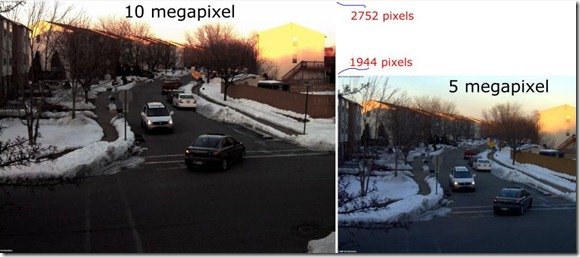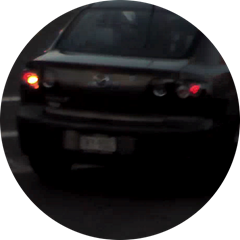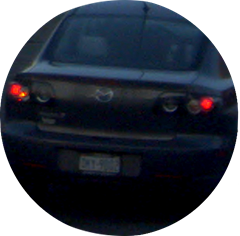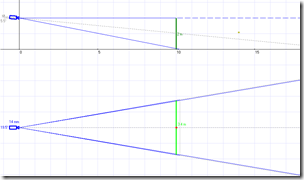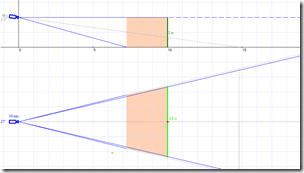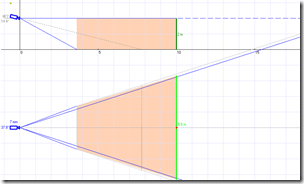With manufactures continuing to release larger megapixel surveillance cameras for applications in CCTV, are we actually getting an improvement in image quality or just bigger files to manage?
If you search around the CCTV sites on the internet, you can easily find examples of real world performance of different IP cameras. Today I am looking at a 10MP image posted in Flickr and the same image taken on a 5MP camera.
It would be nice to have images of a test chart on the back of the book ‘CCTV’ but unfortunately that is not so easily found.
Now if like me you thought a 10MP camera is going to be twice as good as a 5MP, think again. It is only 1/3 higher in resolution! Back in the day of the analogue camera, when we could start a resolution and actually have some truth and understanding as to the actual quality of the image, we used TVL (Vertical Television Lines). So on a 10MP we have 2752 pixels and the 5MP 1944, which is only a 30% increase.
One of the big problems affecting megapixel cameras is the light performance. The higher the pixel count, typically the more light that is required to produce a good image. This is quite visible in these two images taken at the same time.
So megapixel is meant to give you a great amount detail when you digitally zoom in and they definitely do give more detail than a SD camera but maybe not as good as you expect.
Below the 10MP zoomed to 400% (Left) and the 5MP zoomed to 600% (Right) to get the same sized image shows that you cannot read the number plate. Strangely the 5MP image is actually better in this example. This could be that they applied a different compression level to reduce the bandwidth, which would support why both files are around the same size in KB.
A few aspects to consider when choosing between a SD, HD 720p, HD 1080p or other megapixel size.
- A megapixel will typically not give the results expected unless you follow the same principles of the 1ICU standard for the starting measure of identification where a persons head needs to be 88 pixels tall or 352px/m.
 This means for a SD camera recorded at 4CIF, (576 vertical pixels) the scene needs to be 2.2 x 1.7m and is 4:3 aspect
This means for a SD camera recorded at 4CIF, (576 vertical pixels) the scene needs to be 2.2 x 1.7m and is 4:3 aspect
For 720p HD we can have 3.4 x 2m. This is wider due to the 16:9 aspect
A 1080p HD allows for 4.8 x 2m. Again 16:9

My 3D design tool does not go beyond 5MP but it would be around 8.6 x 2m
So the step from 0.3MP (4CIF) to 10MP only gives a 4X increase in the horizontal coverage to achieve the same end resolution for ID. The HD resolutions having an advantage in width due to the aspect ratio.
The increase in storage and bandwidth however is not the same as shown below.
So when designing a system, do the sums on camera coverage verses storage and bandwidth. It may be better to install 2 or more cameras in better locations than 1 megapixel camera that will increase the storage costs.

